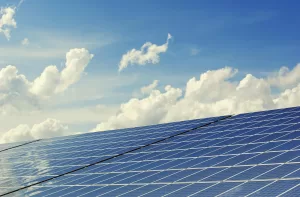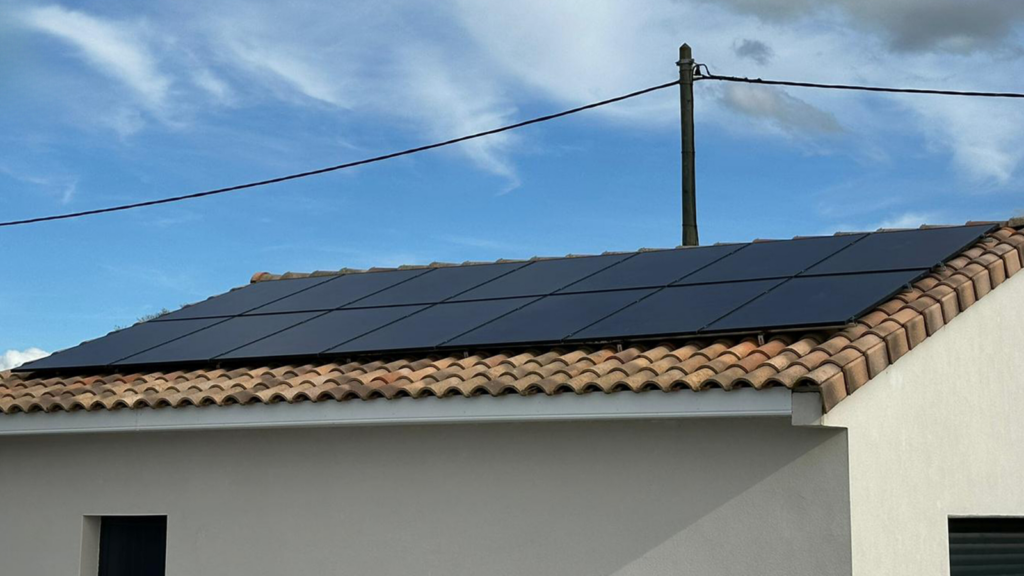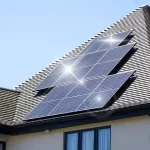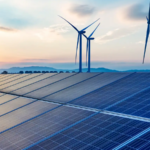
What Are the Requirements for Solar Grid Connection?
Understanding the Grid Connection Process
Step 1: Bidirectional Meter Installation
The bidirectional meter is essential for measuring the electricity flow in both directions. If your property already has a digital meter, your energy provider can remotely update its settings. In cases where an analog meter is installed, it must be replaced with a digital one by your energy distributor.
Step 2: Securing Permissions and Compliance
While residential PV systems typically don’t require extensive permits, they must still comply with specific architectural or environmental guidelines. For example, in some cases, solar panels must match the roof’s color scheme or layout to preserve the visual harmony of the area.
Step 3: Technical Adjustments
Your distributor might need to make technical adjustments, such as replacing or reconfiguring components, to ensure a seamless connection. These changes are critical for safety and efficiency.

Costs and Timelines for Solar Grid Connection
Timelines:
The time required for grid connection depends on the chosen process. A simplified procedure usually takes 45–60 days less than the standard process, but eligibility for this option varies based on system size and other factors.
Costs:
The costs for grid connection are determined by the power capacity of your PV system. Here’s a breakdown of typical costs:
Application Fees:
o Up to 6 kW: €30 + VAT
o 6–10 kW: €50 + VAT
o 10–50 kW: €100 + VAT
Connection Fees:
o Up to 50 kW: €100 + VAT
o 50–100 kW: €200 + VAT
o 100–500 kW: €500 + VAT
Additional costs may apply if line adjustments or extended wiring are needed. Always consult with your local energy distributor for precise cost estimates.
Leveraging Simplified Procedures

Which solar modules perform better under high summer temperatures?
Can high summer temperatures reduce the power generation efficiency of solar modules? This article compares the performance of HJT, TOPCon, and IBC modules under high temperatures to help you make informed choices and optimize your return on investment.

Structural Risks and Component Adaptation Strategies for Commercial PV Deployment under Extreme Weather Conditions
A comprehensive analysis of the structural risks and component configuration strategies for commercial and industrial PV systems under extreme weather conditions, helping businesses enhance system stability and long-term energy yield.

How Can Photovoltaics Help Businesses Cut Peak Electricity Costs During Summer Price Spikes?
How Can Businesses Use Photovoltaic Systems to Address Summer Electricity Price Peaks? This article provides cost-saving calculations, suitability conditions, and technical selection recommendations.

How to Detect Hotspots and PID Effects in PV Modules to Prevent Long-Term Losses?
How to identify and respond to hotspots and PID effects in PV modules? This article focuses on the European market, combining detection technologies, real-world cases, and protection strategies to provide developers and investors with reliable loss warnings and yield protection solutions.

How to Choose the Most Suitable Solar Panels for Commercial and Industrial Use in 2025
How can commercial and industrial projects choose the right solar panels in 2025?
This article provides a systematic comparison of mainstream panel types such as TOPCon, HJT, and IBC, analyzing their advantages, disadvantages, and suitable applications. It aims to help businesses make accurate selections based on specific project conditions, thereby improving long-term energy output and return on investment.

After the Iberian Blackout How Can Enterprises Reshape Their Energy Security Systems
The 2025 Iberian blackout drew widespread attention across Europe. This article analyzes grid vulnerability, enterprise energy risks, and the deployment path of “solar + storage + EMS” systems to help businesses build a controllable and secure energy structure.



